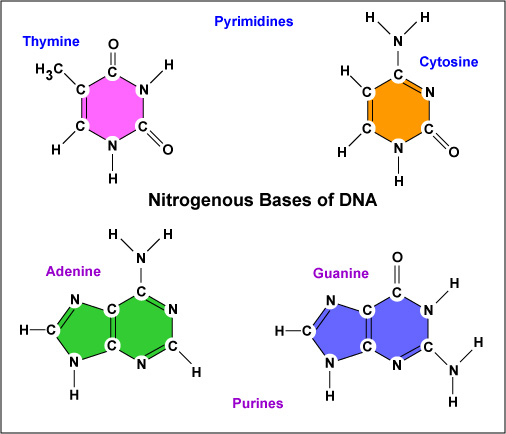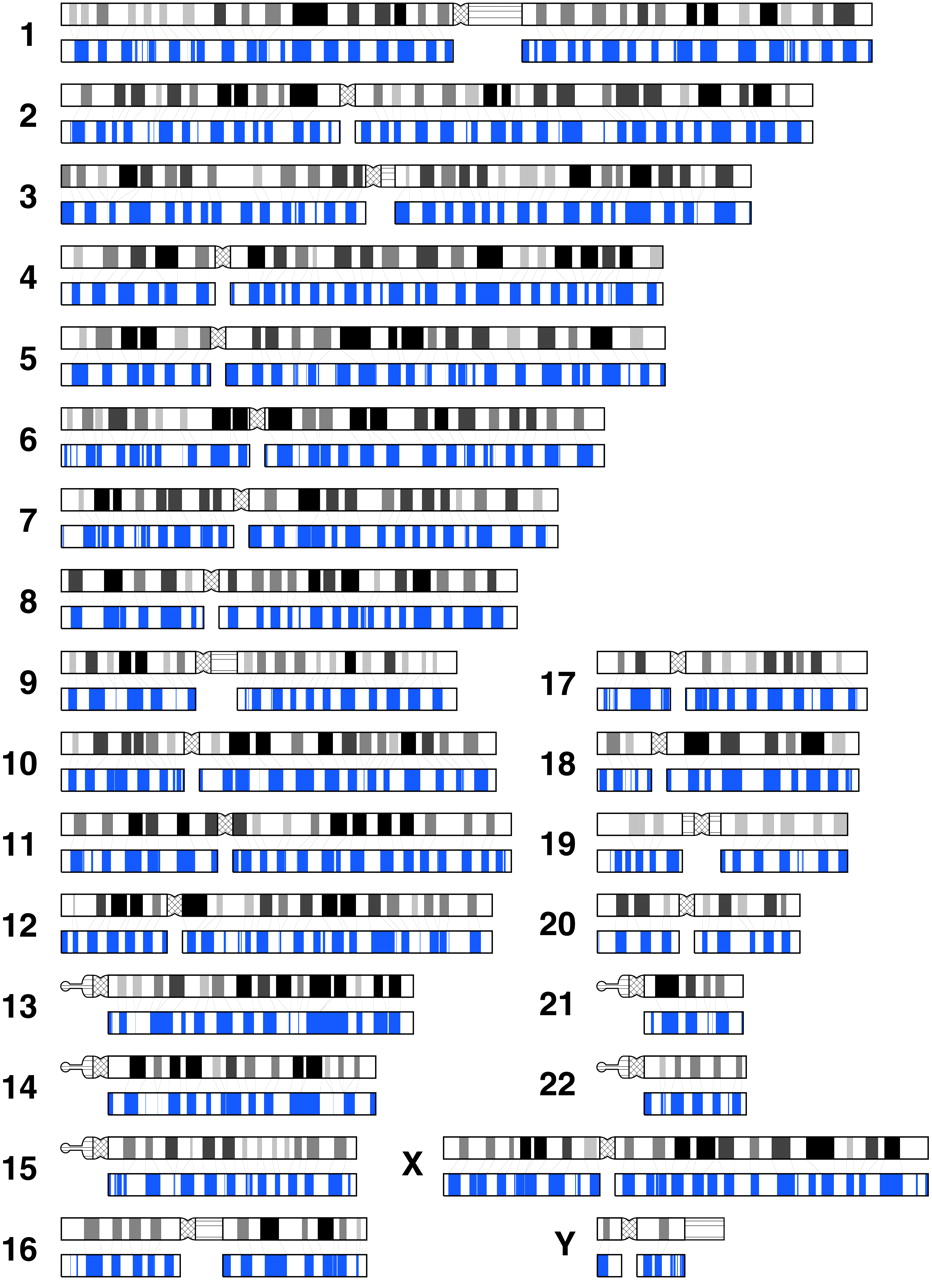One reason I’ve hammered the 500 fair coin illustration and the law of large numbers is that it illustrates how to use the binomial distribution to reject chance as a mechanism. In certain contexts, the law of large numbers is much easier to use than the more generalized design detection methods discussed here. When looking for non-random patterns, excessive appearances of certain symbols may indicate non-randomness, and thus too much of something can be a good thing for ID.
If something is randomly distributed like the DNA bases Adenine, Thymine, Cytosine, Guanine (A,T,C,G), we should see creatures and DNA regions have nearly equal parts of each.

But this is clearly NOT the case on several levels. It sort of crushes Kimura/Nei neutral theory.
Certain creatures have an over abundance of C and G and yet others an overabundance of A and T. From Wiki on CG content
GC content is found to be variable with different organisms….The species problem in prokaryotic taxonomy has led to various suggestions in classifying bacteria, and the ad hoc committee on reconciliation of approaches to bacterial systematics has recommended use of GC ratios in higher level hierarchical classification.[17] For example, the Actinobacteria are characterised as “high GC-content bacteria”.[18] In Streptomyces coelicolor A3(2), GC content is 72%.[19] The GC-content of Yeast (Saccharomyces cerevisiae) is 38%,[20] and that of another common model organism, Thale Cress (Arabidopsis thaliana), is 36%.[21] Because of the nature of the genetic code, it is virtually impossible for an organism to have a genome with a GC-content approaching either 0% or 100%. A species with an extremely low GC-content is Plasmodium falciparum (GC% = ~20%),[22] and it is usually common to refer to such examples as being AT-rich instead of GC-poor.[23]
Take Plasmodium falciparum with a CG-content of 20%. For a genome of about 25 megabases, assuming GG probability is 50%, it’s configuration is 3000 sigma from expectation. 😯 Of course one could say, there must be a bias somewhere. Ok, then how do you explain a creature that has almost the opposite bias like Streptomyces coelicolor that has a deviation of 1349 sigma the other way (for a genome size of 9.4 megabases). You could of course make an ad hoc theory and just use different probability distributions to make the numbers fit for every creature in question.
I discussed the problem of DNA mutation rates in No Universal Transition Transversion Mutation Rates. The problem is if one accepts no universal bias, then how do you explain the existence of bias in certain creatures? If you say there is a bias in one direction (like toward more CG), then how do you explain the examples of creatures with biases in the other direction (like away from CG), or vice versa. The only way out of this problem are special pleadings and ad hoc explanations. Thus it’s a tad humorous that wiki mentions this fact in relation to CG ratios:
The species problem in prokaryotic taxonomy has led to various suggestions in classifying bacteria, and the ad hoc committee on reconciliation of approaches to bacterial systematics has recommended use of GC ratios in higher level hierarchical classification
“Ad hoc” is a good name for solving these peculiarities. How about “the committee for reconciliation of problematic non-random patterns that defy mindless evolutionism through means of special pleading.”
The other level of bias is the CG rich regions in chromosomes themselves. Random evolution should not create such concentrated islands of CG. This is evident in various ways such as Chromsome Bands where the non-randomness of DNA can be seen directly with the Skittle-like patterns:

One thing I found curious. Google “evolution of chromosome bands” or anything similar. The paucity of evolutionary narratives to explain the CG ratio in the bands as well as the CG ratios between species should tell you something. 😉
NOTES
1. As I said, the more minimal ReMine/Sanford neutral theory merely states selection is mostly (not entirely) absent in population dynamics, and that something other that neutral mechanisms or selection created the design of life. This is the form of neutral theory I assent to, not the more general Kimura/Nei neutral theory.
2. photo credits CCBCMD.edu Biotutorials and Proceedings of the National Academy of Sciences (PNAS) In Silico Chromosome Staining